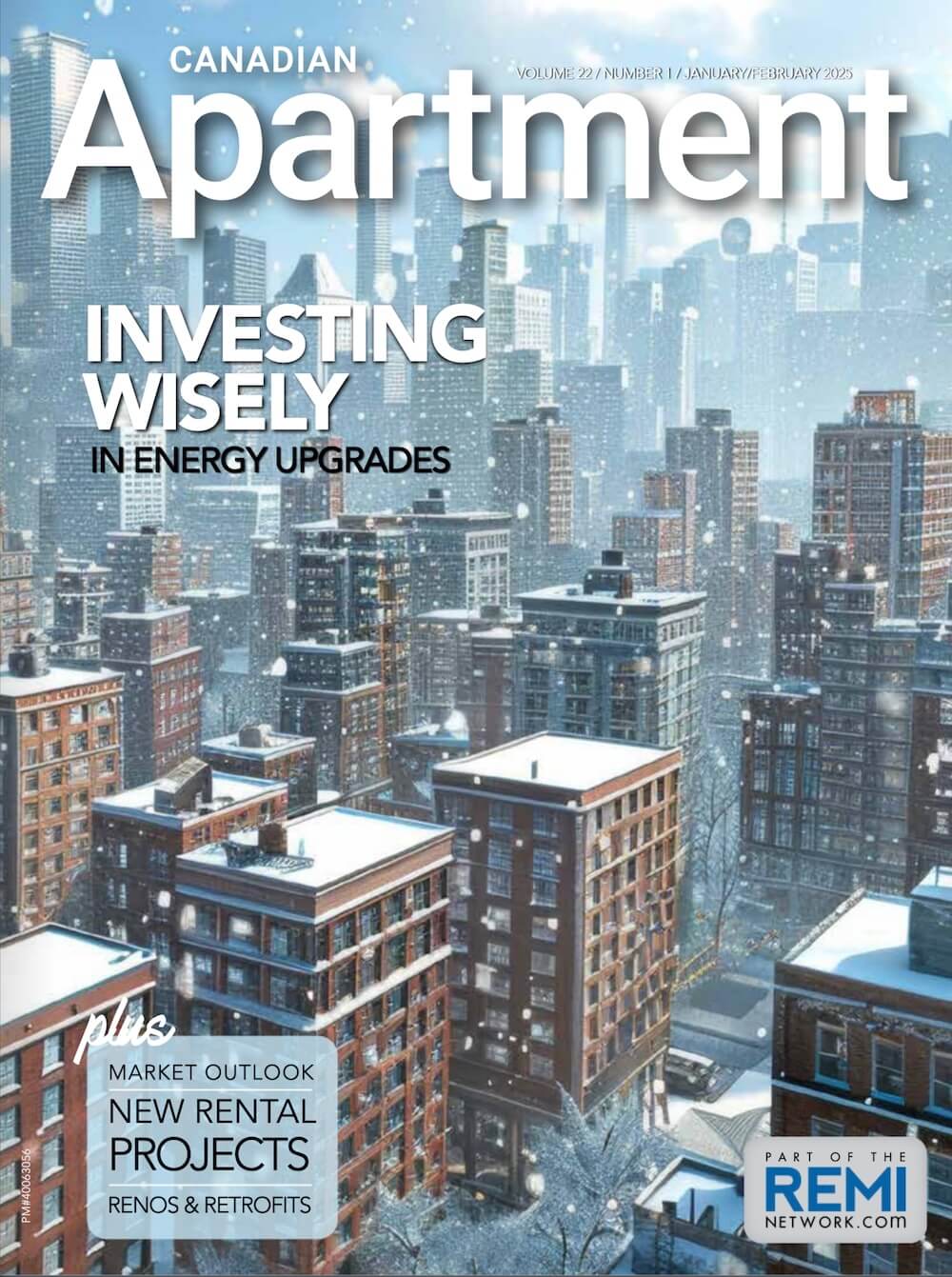Canada Mortgage and Housing Corporation released its Q2 Housing Market Outlook (HMO), which highlights important regional differences in housing activity. Housing starts at the national level (including multi-unit starts) are expected to slow in 2016 and 2017, while MLS sales will reflect renewed economic growth in 2016 before falling back slightly in 2017.
“Our forecast shows that there are important provincial variations in the housing market forecast in Canada,” said Bob Dugan, CMHC National Economist. Increased housing starts in Ontario and B.C. will be more than offset by decreases in provinces that are affected by the drop in oil prices in 2016. MLS sales will increase due to stronger economic growth in 2016 before falling back slightly in 2017.”
Annual housing starts are expected to range from 181,300 units to 192,300 units in 2016 and from 172,600 units to 183,000 units in 2017. Multiple Listing Service (MLS) sales are expected to range from 501,700 units to 525,400 units in 2016 before dropping into a lower range of 485,500 units to 508,400 units in 2017. The average MLS price is forecast to be between $474,200 and $495,800 in 2016 and between $479,300 and $501,100 in 2017.
There will be strong variations in housing market activity across provinces. Slower growth in oil-producing provinces such as Alberta, Saskatchewan and Newfoundland and Labrador will be partly offset by increased activity in British Columbia and Ontario.
Multi-unit starts
In the first quarter of 2016, multi-unit starts decreased by 4.2 per cent compared to the fourth quarter of 2015, based on seasonally adjusted data. In 2016, multi-unit starts are expected to continue slowing from the near-historical records reached in the second half of 2015, and are expected to stabilize in 2017.
Some imbalances in the market have improved. Data suggest that new housing construction is starting to adjust to high inventory levels and higher vacancy rates for rental units, and will continue adjusting throughout the forecast horizon.
The number of completed and unsold multiple units was 2.8 units per 10,000 population in the first quarter of 2016, down from 3.2 units in the first quarter of 2015. However, this number is still above the historical average of 2.3 units suggesting more reduction to come.
Rental starts in 2015 were the largest share of total urban starts since 1992 which, coupled with an increased vacancy rate at the national level, will encourage less construction of new rental units.
As discussed above, another important source of demand for lower priced multi-unit new housing construction are first-time home buyers. While the downward pressure on multi-unit starts from both supply imbalances and demographic trends is expected to increase over the forecast horizon, these factors are projected to be partially offset by a shift in demand away from relatively more expensive new single-detached homes towards less expensive options, including multi-units in the new and resale markets.
In fact, data for March 2016 show the MLS house price index for single-family homes in the resale market is continuing to diverge from the price index for apartments, continuing the trend of the last five years. This divergence reflects the different paths for affordability between the two types of units.
Accordingly, multi-unit starts are expected to continue slowing in 2016, but to stabilize thereafter. In 2017, multi-unit starts are expected to remain essentially unchanged from their 2016 level, ranging between 108,600 units and 121,500 units in 2016 and between 106,300 units and 121,800 units in 2017.
In Ontario, housing activity is expected to maintain its momentum in 2016 before easing in 2017.
“Despite an improving Ontario economy, housing activity is expected to ease over the forecast period as the cost of owning a home continues to increase,” said Ted Tsiakopoulos, CMHC Regional Economist. “However, homes in southwestern and southern Ontario markets bordering the GTA tend to be more affordable, thus we expect a growing share of activity in those centres as we do for higher density housing which includes less expensive rental accommodation.”
Ontario vacancy rates will continue to edge lower although will remain stable in markets anticipating more condominium and purpose-built rental accommodation. Factors supporting rental demand include: rising cost gap between owning and renting, an improving job market and rising international migration. Improving job markets, a rising cost gap between owning and renting and rising international migration will support rental demand across the province.
“With an improving labour market, growing population and low mortgage rates, the GTA housing market is expected to remain healthy over the forecast horizon,” explained Dana Senagama, CMHC’s Principal of Market Analysis for the GTA. “New home starts and existing home sales will slow as we approach 2017, as affordability concerns hamper home buying activity, especially among first-time buyers.”
The presence of uncertainty creates some risks to the Ontario economic and housing outlook. This can result in a wider range of possible outcomes over the forecast horizon. Stronger growth in the US economy, interest rates remaining low longer and strong demand for single family homes could support much stronger housing activity. Alternatively, weaker job growth, growing imbalances in the housing market and rising inventories in both the resale and new home market could result in much weaker activity.
While rental supply in the Toronto CMA is projected to increase over the forecast period, demand will continue to stay strong and will have little impact on the primary rental vacancy rate. The average purpose built apartment vacancy rate will remain unchanged at 1.6 per cent in 2016 before edging slightly higher to 1.7 per cent in 2017.
Over the next few years, stronger demand for purpose-built rental accommodation in Toronto will be fuelled by improvements in job growth among typical renter age cohorts (young people in their 20s to mid-30s), stronger immigration, along with rapidly rising ownership costs. The supply of rental apartments will also grow at a stronger pace. In the first quarter of 2016, rental apartments under construction reached a 23-year high at 5,362 units.
As many as 3,000 new rental apartments are likely to be added annually to the primary rental market over the outlook period, and high demand for rental accommodation will fuel developers to build more rental units.
Furthermore, condominium apartment completions will exceed their historical averages. Out of the 22,000 to 24,000 units projected to be completed on average in 2016 and 2017, our estimates suggest that about 40 per cent will be offered for lease. While it is usually deemed that relatively more expensive and superior condominium rentals do not compete directly with purpose-built rental segment, there will actually be a growing number of renters who will be able to trade up into condominium units or choose them in the first place, thus putting some upward pressure on the private rental apartment vacancy rate in 2017.
The complete HMO, including national, regional and CMA forecasts is available at www.cmhc.ca .
To take advantage of CMHC’s Mortgage Loan Insurance or to learn more about CMHC resources, contact Paula Gasparro, Manager, Business Development, Multi-Unit Mortgage Insurance at 416-250-2731, via e-mail at pgasparr@cmhc.ca .







